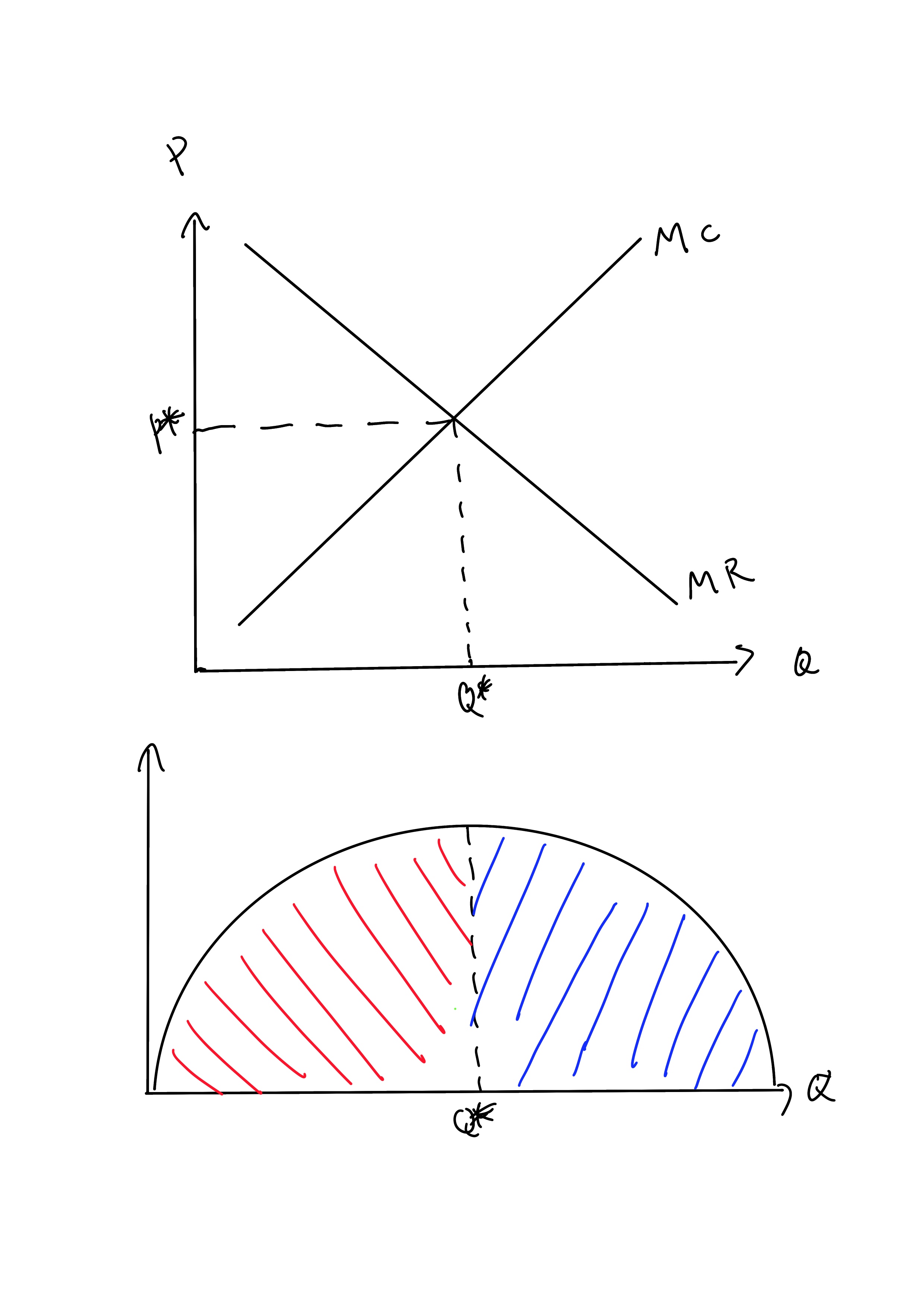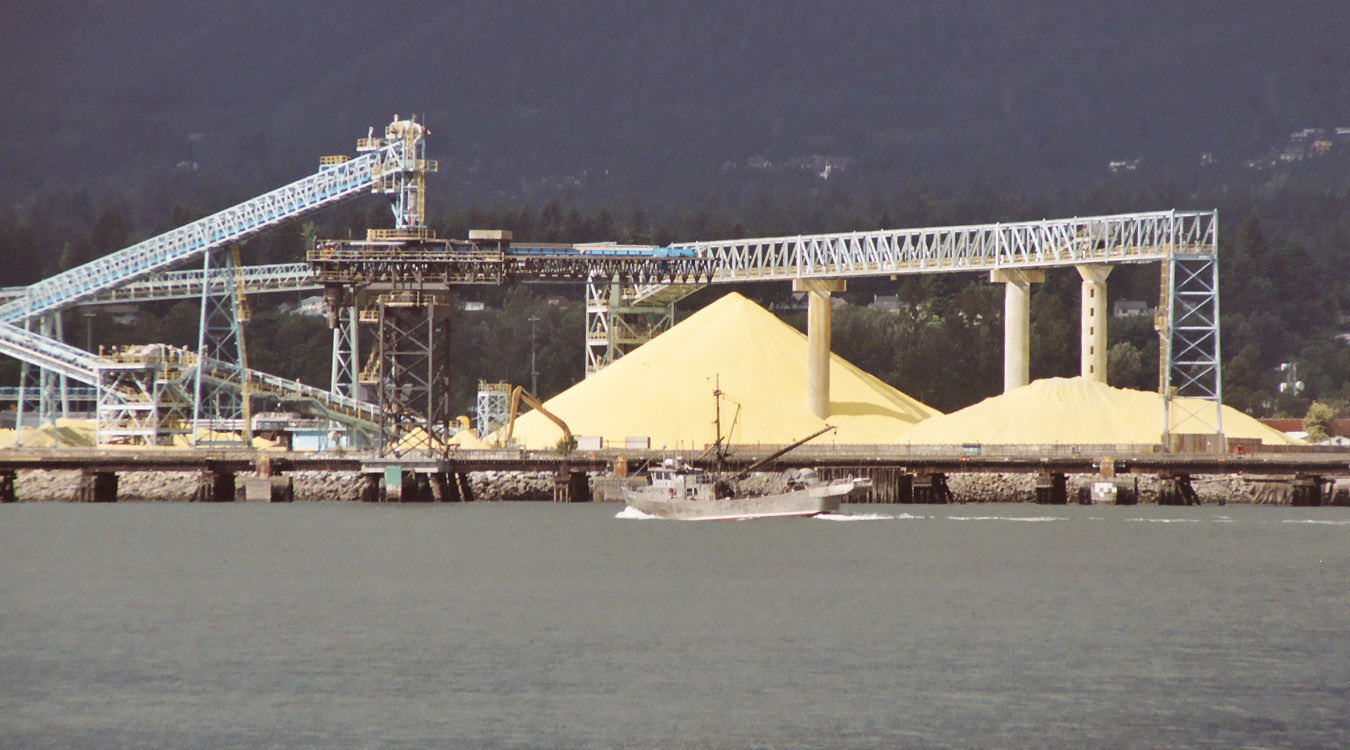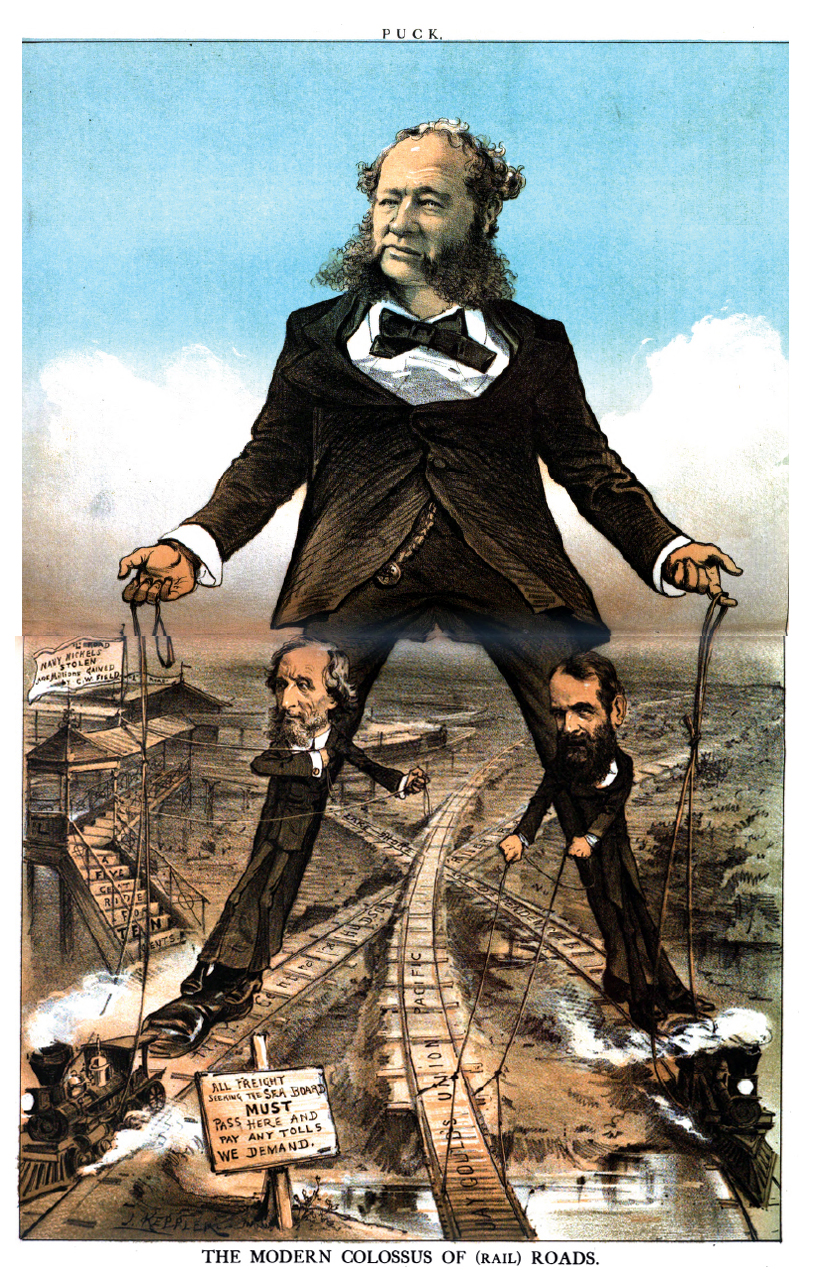|
Profit Maximization
In economics, profit maximization is the short run or long run process by which a firm may determine the price, input and output levels that will lead to the highest possible total profit (or just profit in short). In neoclassical economics, which is currently the mainstream approach to microeconomics, the firm is assumed to be a " rational agent" (whether operating in a perfectly competitive market or otherwise) which wants to maximize its total profit, which is the difference between its total revenue and its total cost. Measuring the total cost and total revenue is often impractical, as the firms do not have the necessary reliable information to determine costs at all levels of production. Instead, they take more practical approach by examining how small changes in production influence revenues and costs. When a firm produces an extra unit of product, the additional revenue gained from selling it is called the marginal revenue (\text), and the additional cost to produce ... [...More Info...] [...Related Items...] OR: [Wikipedia] [Google] [Baidu] [Amazon] |
Profit Maximisation
Profit may refer to: Business and law * Profit (accounting), the difference between the purchase price and the costs of bringing to market * Profit (economics), normal profit and economic profit * Profit (real property), a nonpossessory interest in land * Account of profits, a type of equitable remedy in law (also known as an accounting) Arts, entertainment, and media * ''Profit'' (magazine), a Canadian business magazine aimed at entrepreneurs * ''Profit'' (TV series), an American TV series starring Adrian Pasdar People * Joe Profit (born 1959), former American football player * Laron Profit (born 1977), professional basketball player * Richard Profit (born 1974), English mountaineer and adventurer * Park "Profit" Joon-yeong, professional ''Overwatch'' player Places * Profit, United States Virgin Islands See also * * * The Profit (other) * Proffit (other) * Proffitt (other) * Prophet (other) A prophet is a person who is believed ... [...More Info...] [...Related Items...] OR: [Wikipedia] [Google] [Baidu] [Amazon] |
Function (mathematics)
In mathematics, a function from a set (mathematics), set to a set assigns to each element of exactly one element of .; the words ''map'', ''mapping'', ''transformation'', ''correspondence'', and ''operator'' are sometimes used synonymously. The set is called the Domain of a function, domain of the function and the set is called the codomain of the function. Functions were originally the idealization of how a varying quantity depends on another quantity. For example, the position of a planet is a ''function'' of time. History of the function concept, Historically, the concept was elaborated with the infinitesimal calculus at the end of the 17th century, and, until the 19th century, the functions that were considered were differentiable function, differentiable (that is, they had a high degree of regularity). The concept of a function was formalized at the end of the 19th century in terms of set theory, and this greatly increased the possible applications of the concept. A f ... [...More Info...] [...Related Items...] OR: [Wikipedia] [Google] [Baidu] [Amazon] |
Raw Materials
A raw material, also known as a feedstock, unprocessed material, or primary commodity, is a basic material that is used to produce goods, finished goods, energy, or intermediate materials/Intermediate goods that are feedstock for future finished products. As feedstock, the term connotes these materials are bottleneck assets and are required to produce other products. The term raw material denotes materials in unprocessed or minimally processed states such as raw latex, crude oil, cotton, coal, raw biomass, iron ore, plastic, air, logs, and water. The term secondary raw material denotes waste material which has been recycled and injected back into use as productive material. Raw material in supply chain Supply chains typically begin with the acquisition or extraction of raw materials. For example, the European Commission notes that food supply chains commence in the agricultural phase of food production. A 2022 report on changes affecting international trade noted that improv ... [...More Info...] [...Related Items...] OR: [Wikipedia] [Google] [Baidu] [Amazon] |
Labor Demand
In economics, the labor demand of an employer is the number of labor-hours that the employer is willing to hire based on the various exogenous (externally determined) variables it is faced with, such as the wage rate, the unit cost of capital, the market-determined selling price of its output, etc. The function specifying the quantity of labor that would be demanded at any of various possible values of these exogenous variables is called the labor demand function. The sum of the labor-hours demanded by all employers in total is the market demand for labor. Perfect competitor The long-run labor demand function of a competitive firm is determined by the following profit maximization problem: : \text \,\, pQ - wL - rK \,\, \text \,\, Q, \, L, \, \text \, K : \text :Q = f\,(L, K), where ''p'' is the exogenous selling price of the produced output, ''Q'' is the chosen quantity of output to be produced per month, ''w'' is the hourly wage rate paid to a worker, ''L'' is the number ... [...More Info...] [...Related Items...] OR: [Wikipedia] [Google] [Baidu] [Amazon] |
Investment (economics)
In macroeconomics, investment "consists of the additions to the nation's capital stock of buildings, equipment, software, and inventories during a year" or, alternatively, investment spending — "spending on productive physical capital such as machinery and construction of buildings, and on changes to inventories — as part of total spending" on goods and services per year. Krugman, Paul and Robin Wells (2012), 2nd ed. ''Economics'', p. 593. Worth Publishers. "accounting" The types of investment include residential investment in housing that will provide a flow of housing services over an extended time, non-residential fixed investment in things such as new machinery or factories, human capital investment in workforce education, and inventory investment (the accumulation, intentional or unintentional, of goods inventories) In measures of national income and output, "gross investment" (represented by the variable ) is a component of gross domestic product (), given in the formu ... [...More Info...] [...Related Items...] OR: [Wikipedia] [Google] [Baidu] [Amazon] |
Physical Capital
Physical capital represents in economics one of the three primary factors of production. Physical capital is the apparatus used to produce a good and services. Physical capital represents the tangible man-made goods that help and support the production. Inventory, cash, equipment or real estate are all examples of physical capital. Definition N.G. Mankiw definition from the book Economics: '' Capital is the equipment and structures used to produce goods and services. Physical capital consists of man-made goods (or input into the process of production) that assist in the production process. Cash, real estate, equipment, and inventory are examples of physical capital.'' Capital goods represents one of the key factors of corporation function. Generally, capital allows a company to preserve liquidity while growing operations, it refers to physical assets in business and the way a company have reached their physical capital. While referring how companies have obtained their ... [...More Info...] [...Related Items...] OR: [Wikipedia] [Google] [Baidu] [Amazon] |
Monopsonist
In economics, a monopsony is a market structure in which a single buyer substantially controls the market as the major purchaser of goods and services offered by many would-be sellers. The microeconomic theory of monopsony assumes a single entity to have market power over all sellers as the only purchaser of a good or service. This is a similar power to that of a monopolist, which can influence the price for its buyers in a monopoly, where multiple buyers have only one seller of a good or service available to purchase from. Etymology The term "monopsony" (from Greek μόνος (''mónos'') "single" and ὀψωνεῖν (''opsōneîn'') "to purchase fish") was first introduced by the British economist Joan Robinson in her influential book, ''The Economics of Imperfect Competition'' (1933)., published in 1933. Robinson credited classics scholar Bertrand Hallward of the University of Cambridge with coining the term. History Monopsony theory was developed by economist Joan Robinso ... [...More Info...] [...Related Items...] OR: [Wikipedia] [Google] [Baidu] [Amazon] |
Monopolist
A monopoly (from Greek and ) is a market in which one person or company is the only supplier of a particular good or service. A monopoly is characterized by a lack of economic competition to produce a particular thing, a lack of viable substitute goods, and the possibility of a high monopoly price well above the seller's marginal cost that leads to a high monopoly profit. The verb ''monopolise'' or ''monopolize'' refers to the ''process'' by which a company gains the ability to raise prices or exclude competitors. In economics, a monopoly is a single seller. In law, a monopoly is a business entity that has significant market power, that is, the power to charge overly high prices, which is associated with unfair price raises. Although monopolies may be big businesses, size is not a characteristic of a monopoly. A small business may still have the power to raise prices in a small industry (or market). A monopoly may also have monopsony control of a sector of a market. A ... [...More Info...] [...Related Items...] OR: [Wikipedia] [Google] [Baidu] [Amazon] |
Perfect Competition
In economics, specifically general equilibrium theory, a perfect market, also known as an atomistic market, is defined by several idealizing conditions, collectively called perfect competition, or atomistic competition. In Economic model, theoretical models where conditions of perfect competition hold, it has been demonstrated that a Market (economics), market will reach an Economic equilibrium, equilibrium in which the quantity supplied for every Goods and services, product or service, including Workforce, labor, equals the quantity demanded at the current price. This equilibrium would be a Pareto optimum. Perfect competition provides both allocative efficiency and productive efficiency: * Such markets are ''allocatively efficient'', as output will always occur where marginal cost is equal to average revenue i.e. price (MC = AR). In perfect competition, any Profit maximization, profit-maximizing producer faces a market price equal to its marginal cost (P = MC). This implies that ... [...More Info...] [...Related Items...] OR: [Wikipedia] [Google] [Baidu] [Amazon] |
Marginal Revenue Product
Marginal may refer to: * ''Marginal'' (album), the third album of the Belgian rock band Dead Man Ray, released in 2001 * ''Marginal'' (manga) * '' El Marginal'', Argentine TV series * Marginal seat or marginal constituency or marginal, in politics See also Economics * Marginalism *Marginal analysis *Marginal concepts *Marginal cost * Marginal demand *Marginal product * Marginal product of labor *Marginal propensity to consume *Marginal rate of substitution *Marginal use *Marginal utility * Marginal rate Other * Margin (other) * Marginalization * Marginal intra-industry trade, where the change in a country's exports are essentially of the same products as its change in imports * Marginal land, land that is of little value because of its unsuitability for growing crops and other uses * Marginal model, in hierarchical linear modeling * Marginal observables, in physics; see Renormalization group * Marginal person, in sociology; see Marginalization * Marginal plant, se ... [...More Info...] [...Related Items...] OR: [Wikipedia] [Google] [Baidu] [Amazon] |
Production Function
In economics, a production function gives the technological relation between quantities of physical inputs and quantities of output of goods. The production function is one of the key concepts of mainstream economics, mainstream neoclassical economics, neoclassical theories, used to define marginal product and to distinguish allocative efficiency, a key focus of economics. One important purpose of the production function is to address allocative efficiency in the use of factor inputs in production and the resulting distribution of income to those factors, while abstracting away from the technological problems of achieving technical efficiency, as an engineer or professional manager might understand it. For modelling the case of many outputs and many inputs, researchers often use the so-called Shephard's distance functions or, alternatively, directional distance functions, which are generalizations of the simple production function in economics. In macroeconomics, aggregate produc ... [...More Info...] [...Related Items...] OR: [Wikipedia] [Google] [Baidu] [Amazon] |
Marginal Cost
In economics, the marginal cost is the change in the total cost that arises when the quantity produced is increased, i.e. the cost of producing additional quantity. In some contexts, it refers to an increment of one unit of output, and in others it refers to the rate of change of total cost as output is increased by an infinitesimal amount. As Figure 1 shows, the marginal cost is measured in dollars per unit, whereas total cost is in dollars, and the marginal cost is the slope of the total cost, the rate at which it increases with output. Marginal cost is different from average cost, which is the total cost divided by the number of units produced. At each level of production and time period being considered, marginal cost includes all costs that vary with the level of production, whereas costs that do not vary with production are fixed. For example, the marginal cost of producing an automobile will include the costs of labor and parts needed for the additional automobile but not t ... [...More Info...] [...Related Items...] OR: [Wikipedia] [Google] [Baidu] [Amazon] |



